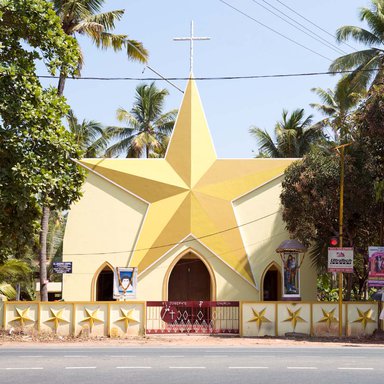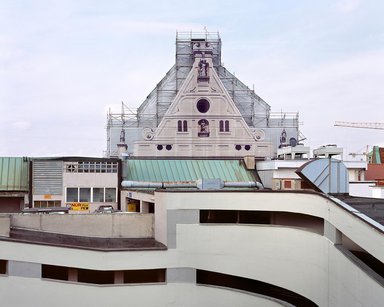Haubitz + Zoche | Sinai Hotels (2002 - 2005)
The photo series depicts unfinished luxury hotel complexes in Sinai, Egypt. The strictly composed photographs make the buildings appear like architectural models, whose purified formal language, freed from all decoration, makes the functional planning visible. Global mass tourism finds its counterpart in this treasure trove of forms of world architecture, which ranges from the Chinese pagoda, the ancient temple to European modernism.
In the unfinished intermediate state of the hotel complexes, the mechanisms of the staging of tourist dream worlds are clearly visible. "Sinai Hotels" is an example of a development in tourism in which destinations become almost arbitrarily interchangeable and lose their spatial significance.








